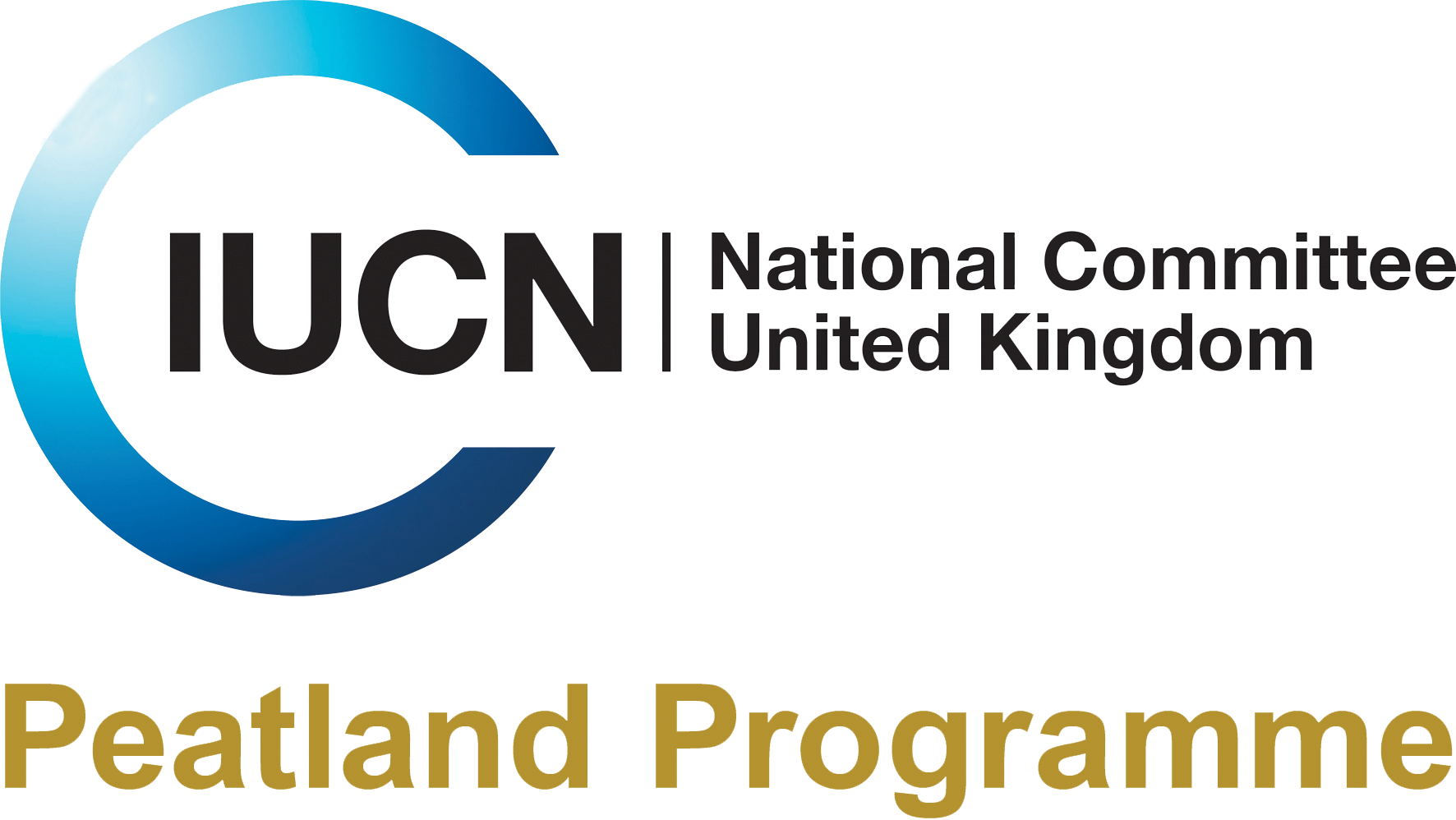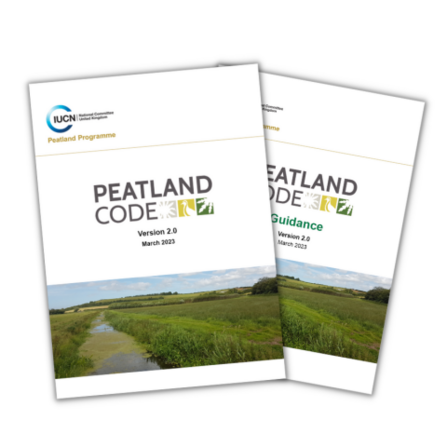The IUCN UK Peatland Programme has today launched a new and highly anticipated update to the Peatland Code, which helps to boost the restoration and protection of the UK’s Peatlands.
By registering with the Peatland Code landowners with eligible, degraded peatlands can generate carbon units which can be sold to companies seeking to offset their residual carbon emissions. These carbon buyers are provided with assurance that their greenhouse gas (GHG) reduction claims are validated and verified by an independent body.
Renée Kerkvliet-Hermans, Peatland Code Co-Ordinator at IUCN Peatland Programme, said:

